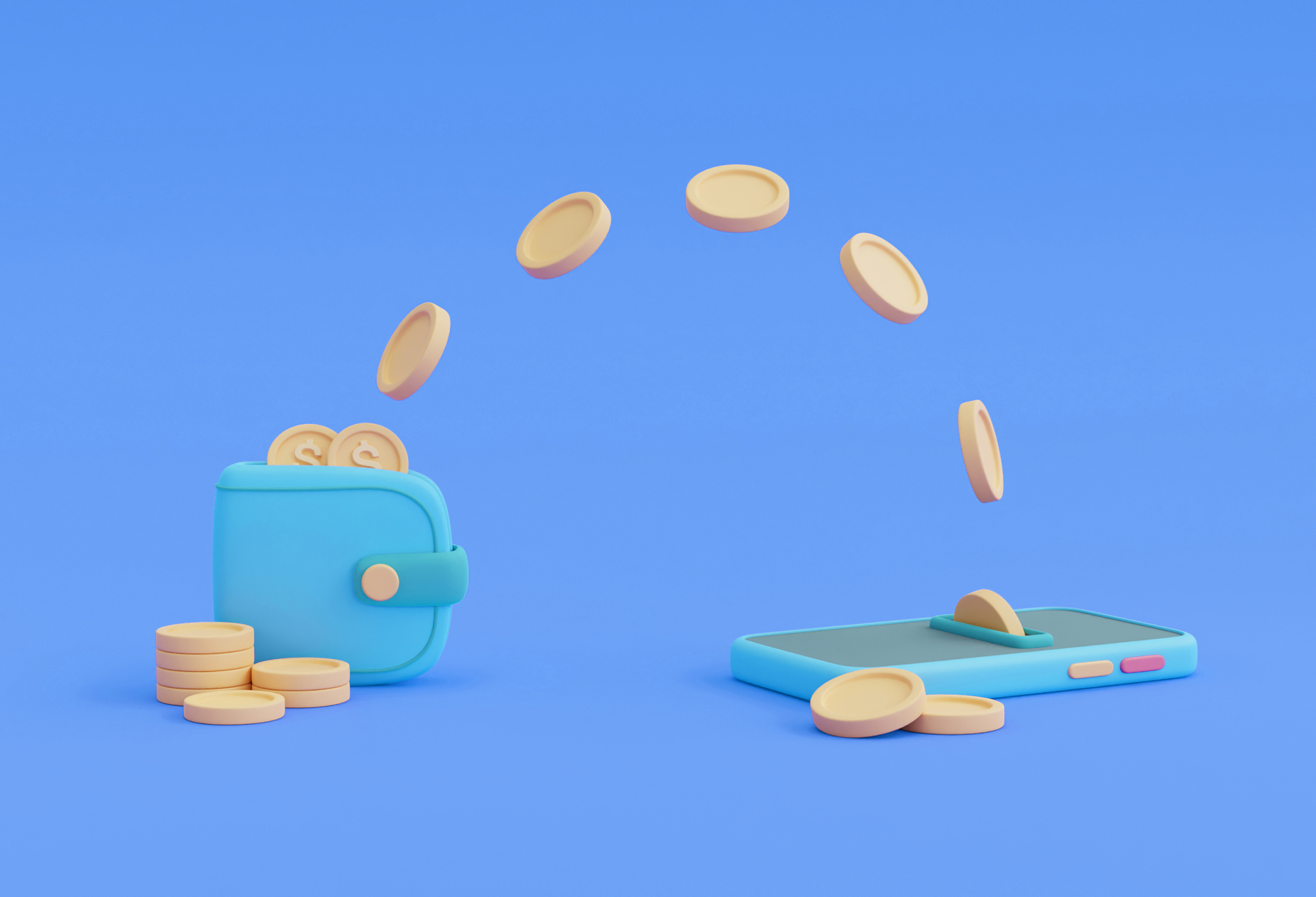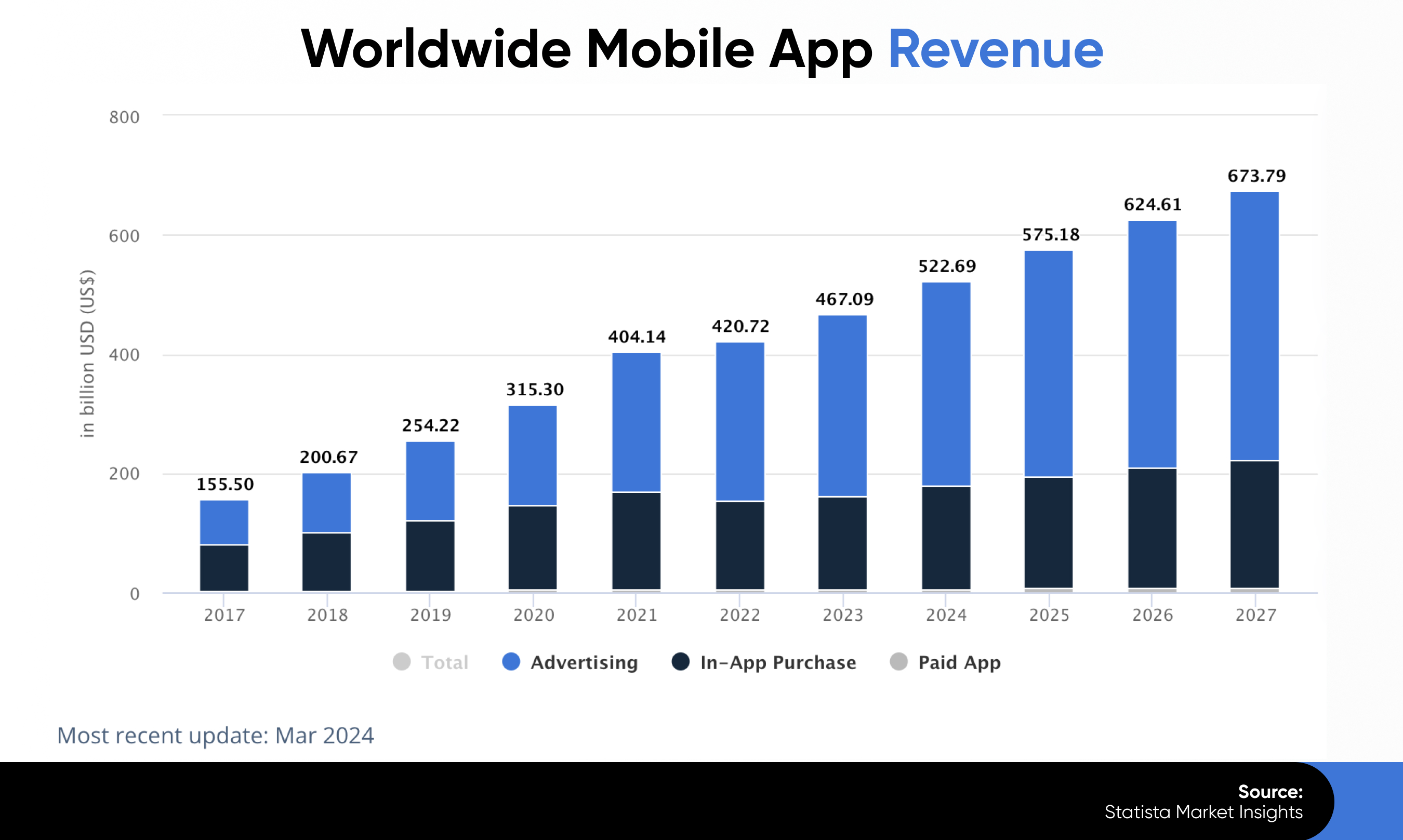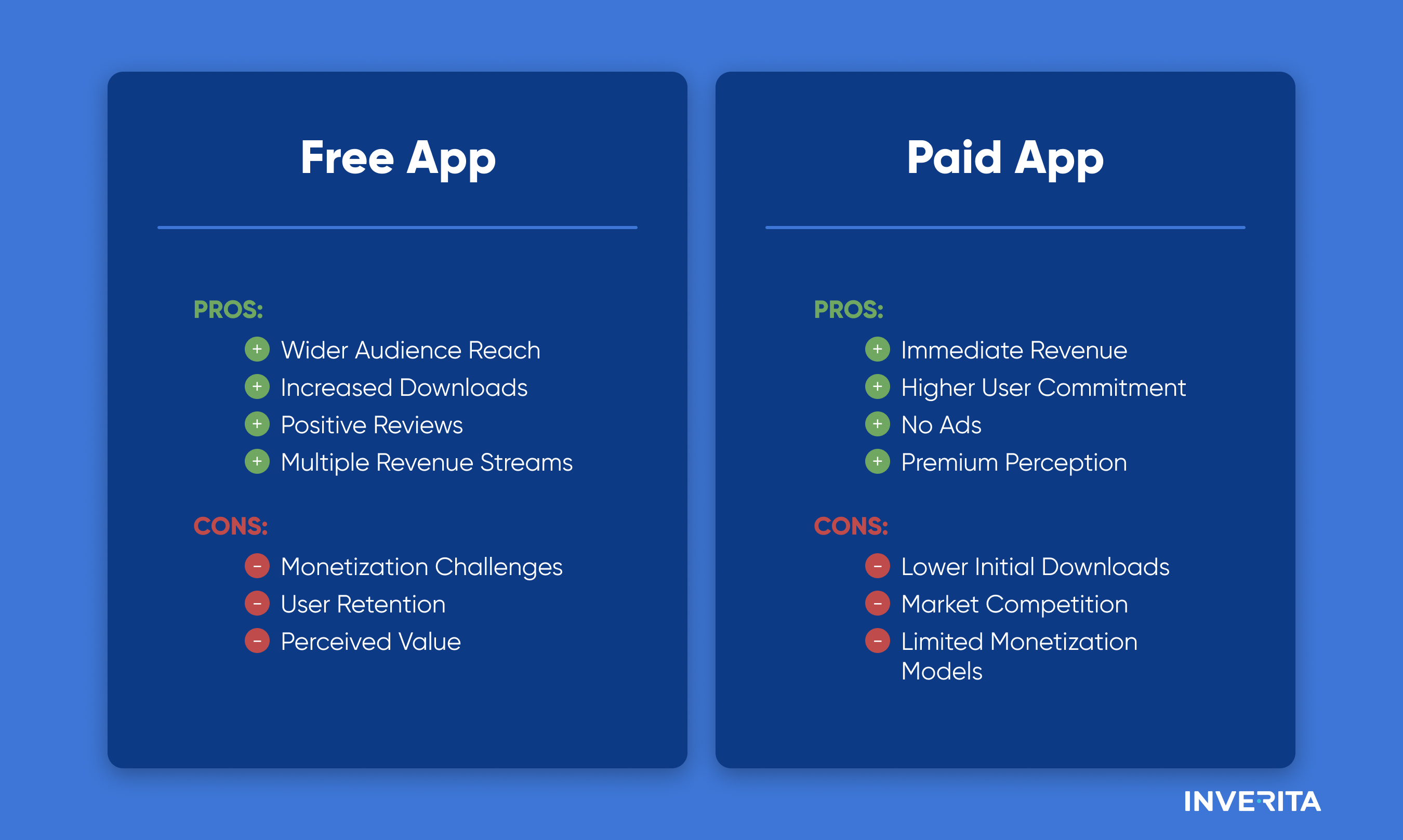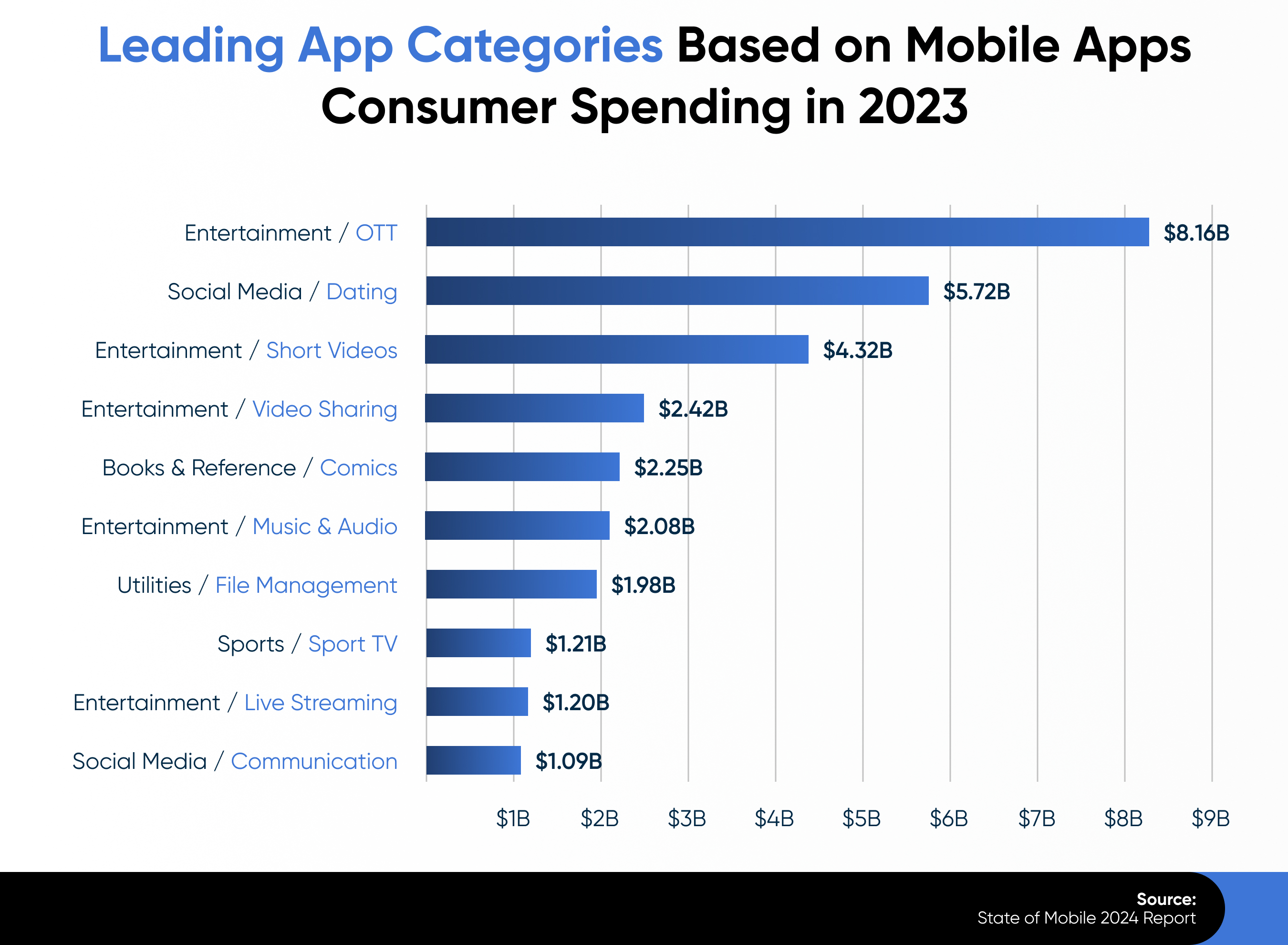#6 E-Commerce
Free apps can integrate an e-commerce platform within the app, allowing users to browse and purchase products directly. This can include physical goods, digital downloads, subscriptions, or services related to the app's niche.
By selling products or services, apps diversify their revenue streams beyond traditional advertising or in-app purchases. Each transaction earns revenue through sales commissions, transaction fees, or markups on products sold.
Another way how does a free app can make money through e-commerce is affiliate marketing when users make purchases through affiliate links within the app, the app earns a commission on each sale.
For example, a cashback and shopping rewards app, Rakuten Ebates allows users to earn cashback on purchases made through affiliate links. The company partners with thousands of retailers and brands who pay commissions for sales referred through their platform. Users browse through the app to find deals and offers from various retailers. When they click on an affiliate link and make a purchase, Rakuten Ebates earns a commission from the retailer.
#7 Crowdfunding
Crowdfunding can be a creative and effective strategy to earn money with free apps, allowing mobile app developers to raise funds directly from users who believe in their app's potential.
First of all, you need to create crowdfunding campaigns on platforms like Kickstarter, Indiegogo, or GoFundMe, outlining the app's features, goals, and how funds will be utilized.
Users interested in the app's concept can pledge financial support to the campaign. In return, backers often receive rewards or exclusive access to app features once developed which creates a community around the app, fostering a sense of ownership and support among backers who want to see the app succeed.
Pebble Smartwatch is a great example of how crowdfunding can lead a tech product to success. The company launched its first Kickstarter campaign in 2012 with a goal of raising $100,000 to fund the production of its smartwatch. The campaign quickly gained traction and surpassed its goal within hours, ultimately raising over $10 million from more than 68,000 backers.
#8 Data Monetization
Apps collect a wide range of user data, including demographic information, browsing behavior, app usage patterns, location data (if permitted), and more. This data is typically gathered through user consent and in compliance with data protection regulations like GDPR or CCPA.
To protect user privacy, collected data is often anonymized and aggregated. Anonymization removes personally identifiable information (PII) from datasets, while aggregation combines data from multiple users to analyze trends and patterns without identifying individuals.
One of the primary uses of data monetization is targeted advertising. Advertisers can use app data to target specific audience segments more effectively, delivering personalized ads based on potential users’ interests and behaviors. This increases the likelihood of user engagement with ads and can lead to higher advertising revenue for the app.
Apps may partner with third-party companies, such as advertising networks or data brokers, to monetize their data. These partnerships involve sharing anonymized data in exchange for financial compensation or other benefits, such as access to enhanced advertising opportunities or market research insights.
How to Choose the Best Monetization Strategy - a Tip From inVerita
Picking the right way to make money from your app can be challenging. Here are some tips to help you decide:
Understand Your App’s Purpose
The key to monetization is knowing what your app offers. For instance, a basic weather app might use ads or get sponsorships, whereas a more advanced weather app with detailed forecasts and radar features could charge a subscription fee for premium services.
Get to Know Your Users
Understanding your audience is essential. Different users react differently to app monetization models. Small-screen users might find pop-up ads annoying, and Android users might not want to pay extra for features typical of iPhone apps. Think about how your users typically spend money.
Observe Successful Apps
Study similar apps to see what works for them. User feedback can highlight what people appreciate or dislike, guiding you in refining your approach. For example, if you have a fitness app, look at popular fitness apps like MyFitnessPal. If users complain about too many ads interrupting their workout tracking, consider fewer, more strategically placed ads or offering an ad-free premium version.
Mix and Match Strategies
Successful apps often use multiple revenue streams. A freemium app could show ads in its free version, offer in-app purchases, and provide premium content. Additionally, the app might send updates via email or text and sell anonymized user data to third parties.
To choose the best strategy, consider your app's purpose, understand your audience, learn from other apps, and combine different monetization methods when needed.
Conclusion
There are numerous ways how the free apps make money. Nevertheless, some of the popular monetization strategies can be quite tricky, so it’s very important to stay flexible as you develop your product and keep improving it.
At inVerita, we have been building apps for various industries and for different purposes. We know how to build a product that users will download and keep using.
Drop us a line if you need assistance with the development or maintenance of your application, we’ll be happy to help you. 












_1764586939-small.webp)